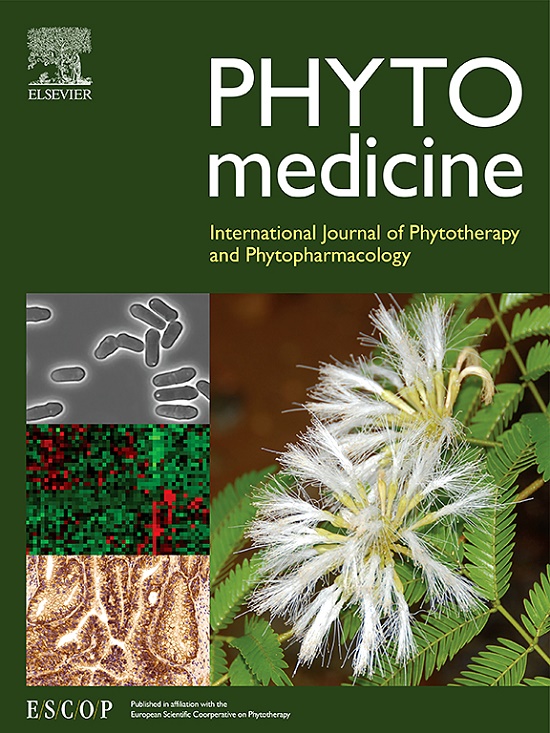Ginsenoside Rh2(S) maintains cytoskeleton homeostasis and inhibits pyroptosis to resist cisplatin-induced cardiotoxicity through FGFR1/HRAS axis
IF 6.7
1区 医学
Q1 CHEMISTRY, MEDICINAL
引用次数: 0
Abstract
Background
Patients with cancer undergoing cisplatin chemotherapy frequently experience cardiotoxic side effects that significantly affect their prognosis and survival rates. Our study found that Panax ginseng root extract exerted a significant protective effect against cisplatin-induced myocardial cell injury.
Purpose
The present study aims to elucidate the underlying mechanisms by which the bioactive components of Panax ginseng mitigate cisplatin-induced cardiotoxicity (CIC).
Methods
In vitro, the candidate active components were screened by network pharmacological prediction and in neonatal rat ventricular myocytes (NRVMs), and their mechanisms of action were verified by transcriptome sequencing, western blotting, gene overexpression, immunoprecipitation, immunofluorescence, and cellular thermal shift assays. A C57BL/6 CIC mouse model was established to verify the protective effects of the candidate components and the in vivo mechanism of the candidate components.
Results
Through network pharmacology prediction and cellular activity screening of ginseng root compounds, ginsenoside Rh2(S) (Rh2) was identified as a significant active component. Transcriptomic, in vitro, and in vivo experiments demonstrated that Rh2 can activate the Pak1/Limk1/cofilin phosphorylation pathway, thereby inactivating the actin-severing protein cofilin and protecting cardiomyocytes from cisplatin-induced actin depolymerization. Additionally, Rh2 suppressed the ROS/caspase-3/GSDME pathway to inhibit cisplatin-induced pyroptosis. Furthermore, co-immunoprecipitation and overexpression experiments confirmed that Rh2 activated the FGFR1/HRAS axis, thereby simultaneously regulating the two aforementioned pathways to combat CIC.
Conclusions
This study demonstrated for the first time that Rh2 is the main active component in Panax ginseng that maintains cytoskeletal homeostasis and inhibits pyroptosis by regulating the FGFR1/HRAS pathway to resist CIC. This study aimed to provide a theoretical basis for expanding the targets and pathways of CIC treatment, and for the development of related drugs.

求助全文
约1分钟内获得全文
求助全文
来源期刊

Phytomedicine
医学-药学
CiteScore
10.30
自引率
5.10%
发文量
670
审稿时长
91 days
期刊介绍:
Phytomedicine is a therapy-oriented journal that publishes innovative studies on the efficacy, safety, quality, and mechanisms of action of specified plant extracts, phytopharmaceuticals, and their isolated constituents. This includes clinical, pharmacological, pharmacokinetic, and toxicological studies of herbal medicinal products, preparations, and purified compounds with defined and consistent quality, ensuring reproducible pharmacological activity. Founded in 1994, Phytomedicine aims to focus and stimulate research in this field and establish internationally accepted scientific standards for pharmacological studies, proof of clinical efficacy, and safety of phytomedicines.
文献相关原料
公司名称
产品信息
索莱宝
superoxide dismutase (SOD)
索莱宝
malondialdehyde (MDA)
索莱宝
lactate dehydrogenase (LDH)
索莱宝
streptomycin
索莱宝
penicillin
索莱宝
trypsin
索莱宝
DAPI solution
索莱宝
Phosphate-buffered saline (PBS)
 求助内容:
求助内容: 应助结果提醒方式:
应助结果提醒方式:


